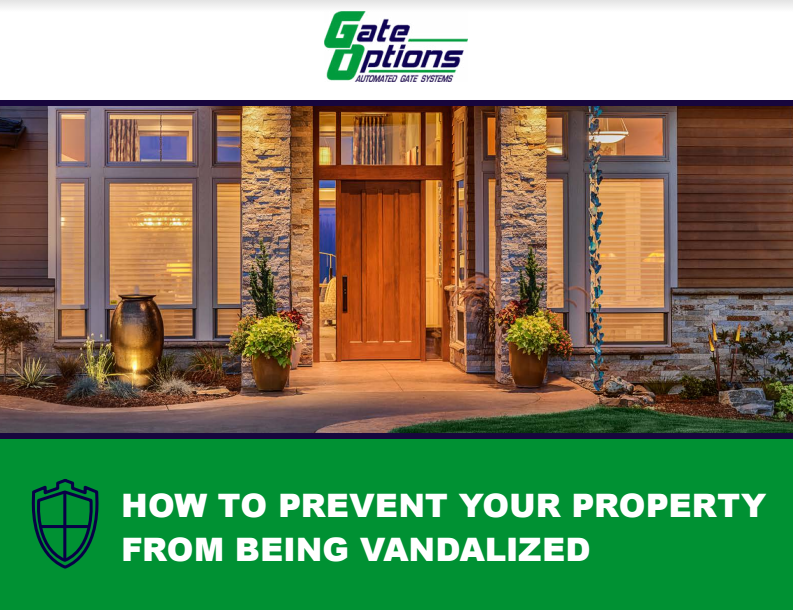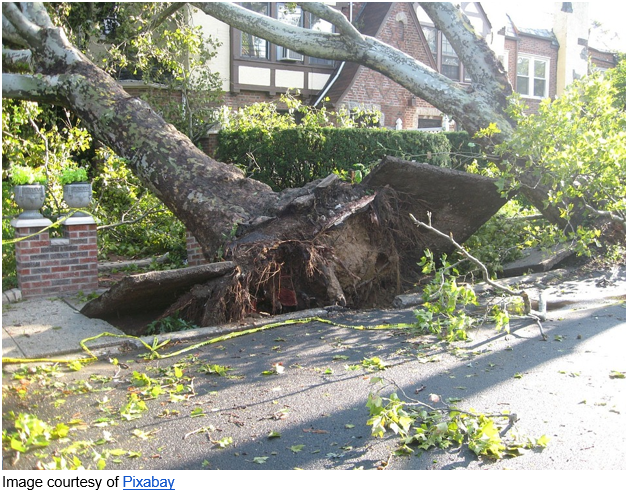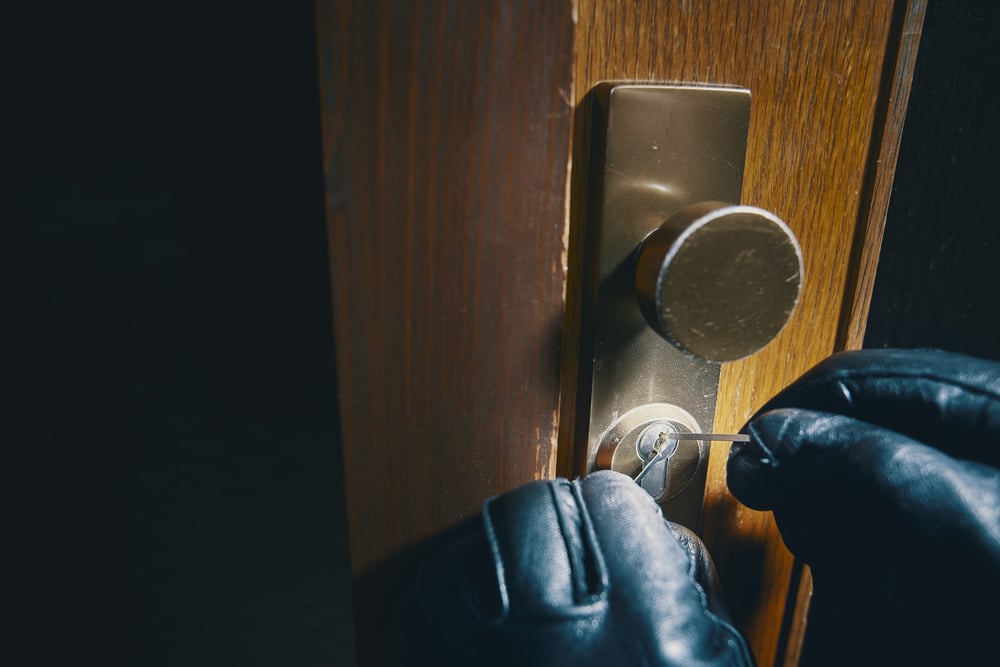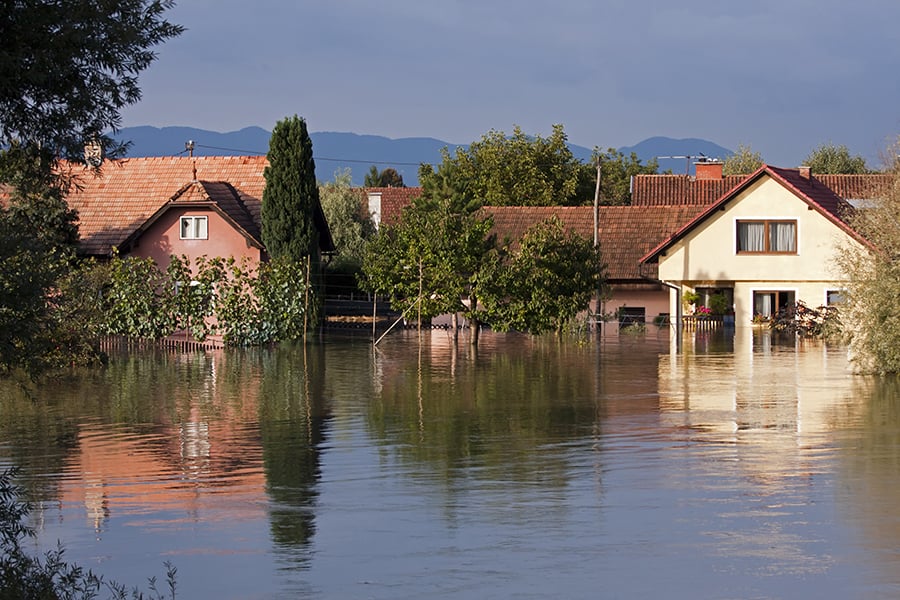How To Prevent Your Property From Being Vandalized
The effects of vandalism can be felt long after the broken glass has been swept away or the spray paint washed off, because the damage vandalism causes goes far beyond that. The feelings of violation and the threat to a homeowner’s sense of security can linger, because the underlying message behind vandalism is simple: “I did this because I could.”
If homeowners can’t feel as though they are protected against something as simple as a graffiti tag or a broken garage light, how can they feel safe about the potential for something much worse? In a community where vandalism runs rampant, residents can feel helpless, and property values can plunge. Simply put, vandalism damages more than property, and it can take more than a new pane of glass or coat of paint to repair it.
Fortunately, homeowners don’t have to wait until their property is struck by vandalism to do something about it. The vast majority of vandalism incidents are crimes of opportunity — vandals strike because they’re bored, the target is easy and they know they can get away with it. By eliminating the opportunity, homeowners can discourage most acts of vandalism before they occur, keeping their property safe and maintaining the feeling of security they should have in their homes. With a few simple additions or changes in or around their homes, homeowners can make their property a far less appealing target for vandalism — and protect their sense of security.
For example, one of the biggest deterrents to vandals is a property that’s well lit. Most vandals prefer to operate under cover of darkness, so dotting your property with exterior lights will make them feel much less comfortable about attempting anything. Lights with motion detectors can scare off anyone who creeps too close to your property, and leaving interior lights on with the windows covered will make it hard for them to tell if anyone is home.
In a lot of cases, blocking a potential vandal’s way will be enough to keep that person off your property. A fence with a locked gate will make it that much more difficult for someone to enter your property, as most of them won’t want to risk climbing over or under such a barrier to get to their target. Planting strategically placed trees or shrubbery not only creates a more attractive façade for your home, but also presents a thorny challenge for vandals trying to get close to your property.
Two things most vandals have in common is that they don’t want to be seen and they don’t want to be caught in the act. Placing video cameras in prominent locations around your property will make it clear to vandals that they won’t go unseen, not to mention the cameras also provide police with useful evidence in the event they’re not enough to scare away vandals.
There also are steps homeowners can take to fight vandalism at the source, thus preventing it from becoming a potentially bigger problem. Simply reporting suspicious activity to law enforcement gives police important information about where they should increase their presence, making the neighborhood much less attractive to burgeoning vandals. Additionally, supporting local community programs can help provide bored youths with alternatives to antisocial activities, many of which are committed out of boredom.
Vandalism is a relatively minor crime in terms of the physical property damage it inflicts, but the damage it does to the psyche of the property owner has the potential to run much deeper. The good news is that vandalism is relatively easy to prevent with a few proactive strategies. Read the following slideshow to find some common-sense strategies that could work for your property, which in turn will help result in some much-needed peace of mind.
Author bio: Dean White is the owner of Gate Options, the premier automated gate company in northern Illinois. He has over 30 years of experience in the industry.








Leave a Reply